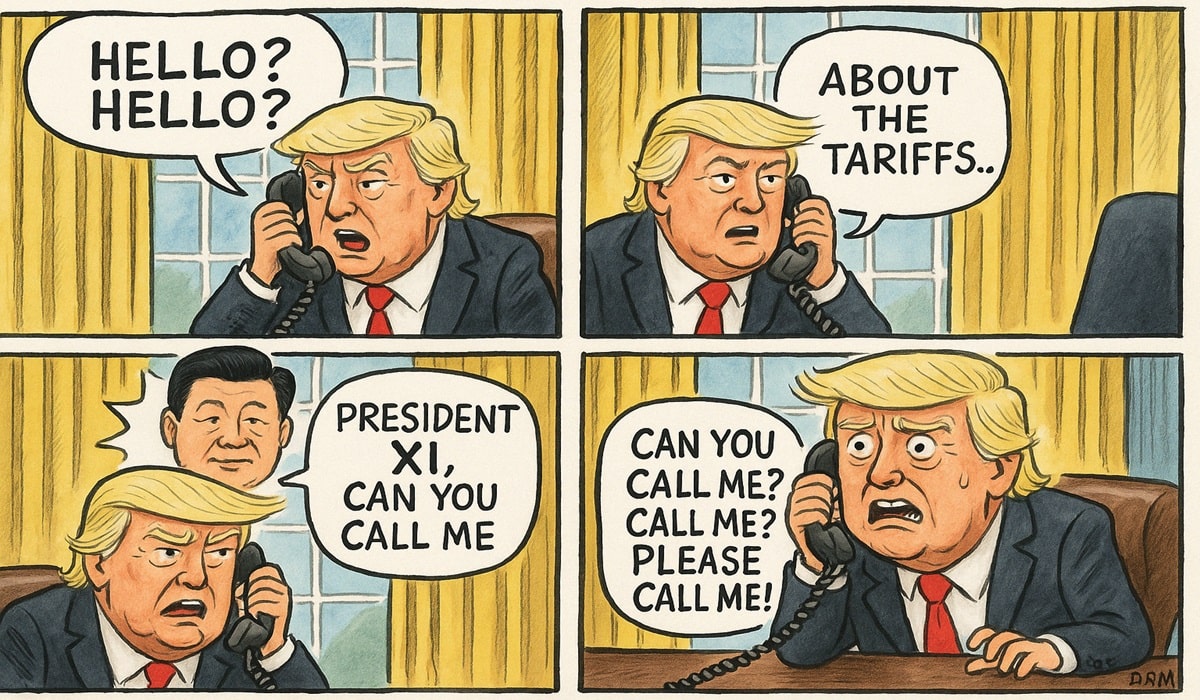The Neuroprosthetics Market is estimated to be valued at US$ 26.12 Bn in 2030
- Ronak Shah
- D.O.C Supplements - Trending News
- Science
- January 29, 2025

A newly published report by Coherent Market Insights reveals a sustainable growth opportunity in the neuroprosthetics market. Coherent Market Insights’ analyst projected the neuroprosthetics market to be valued at US$ 26.12 Bn in 2030. It is expected to exhibit a CAGR of 10.9% over the forecast period 2023-2030.
The growing prevalence of neurological disorders such as Parkinson’s disease, Alzheimer’s disease, epilepsy, depression and chronic pain is a key factor driving the growth of the neuroprosthetics market. According to the World Health Organization (WHO), neurological disorders affect over 1 billion people worldwide each year.
Neuroprosthetics provide effective treatment options for such neurological conditions thereby addressing large unmet needs. Moreover, ongoing technological advancements in the field of neuroprosthetics such as development of brain computer interfaces and neural implants are expanding the potential applications of neuroprosthetics.
Key market trends include: Advent of Brain-Machine Interface Technology- Brain-Machine Interface (BMI) technology enables direct communication pathways between the human brain and an external device such as a computer or robotic limb. With ongoing research, BMIs are expected to revolutionize the treatment of motorneuron diseases, paralysis, amputation and other physical disabilities.
Increasing Clinical Trials and New Product Launches- Major neuroprosthetics companies are investing heavily in R&D to develop innovative neuroprosthetic solutions. Additionally, the number of clinical trials testing the safety and efficacy of neuroprosthetic devices is increasing worldwide. This is assisting neuroprosthetics providers in obtaining regulatory approvals and launching new products in the market at a faster pace.
Neuroprosthetics Market Opportunities: Output neural prosthetics segment will dominate the market. Output neural prosthetics are devices that are used to replace functions lost due to injury or disease by providing electrical stimulation to produce movements. These prosthetics use stimulation electrodes implanted at a specific site in the nervous system to generate movement signals. Some key examples include cochlear implants which stimulate the auditory nerve to provide a sense of sound to the deaf and retinal implants which stimulate optic nerve to provide basic vision to the blind.
Input neural prosthetics are implanted devices that receive signals from the peripheral nervous system and translate them as useful commands for a machine or computer. Input neural prosthetics are expected to witness the highest growth during the forecast period due to ongoing research in developing prosthetics that can restore sensory abilities like touch.
Key Market Takeaways: The global neuroprosthetics market is anticipated to witness a CAGR of 10.9% during the forecast period of 2023-2030. This is due to ongoing advancements in brain-machine interface technology and rising incidence of neurological disorders
By type, output neural prosthetics dominated the market in 2023. This is owing to widespread use of cochlear and retinal implants.
Based on technique, spinal cord stimulation is expected to hold the largest share during the forecast period. This is due to its usage in chronic pain management.
On the basis of end user, hospitals & clinics are expected to dominate the market through 2030.
North America is expected to hold the largest share. This is owing to favorable reimbursement policies and presence of key market players in the region.
Competitor Insights: The major players operating in the market include Second Sight, Med-El, Retina Implant, Sonova Holding AG, NeuroPace Inc., Nevro, Abbott, Cochlear, Boston Scientific Corporation, and Livanova.
Recent Developments: In November 2022, Cochlear Limited, a global leader in implanted hearing technologies, gained FDA approval for its CochlearTM Nucleus 8 Sound Processor. The Nucleus 8 Sound Processor is the smallest and lightest behind-the-ear cochlear implant sound processor available in the market. More information in full report








